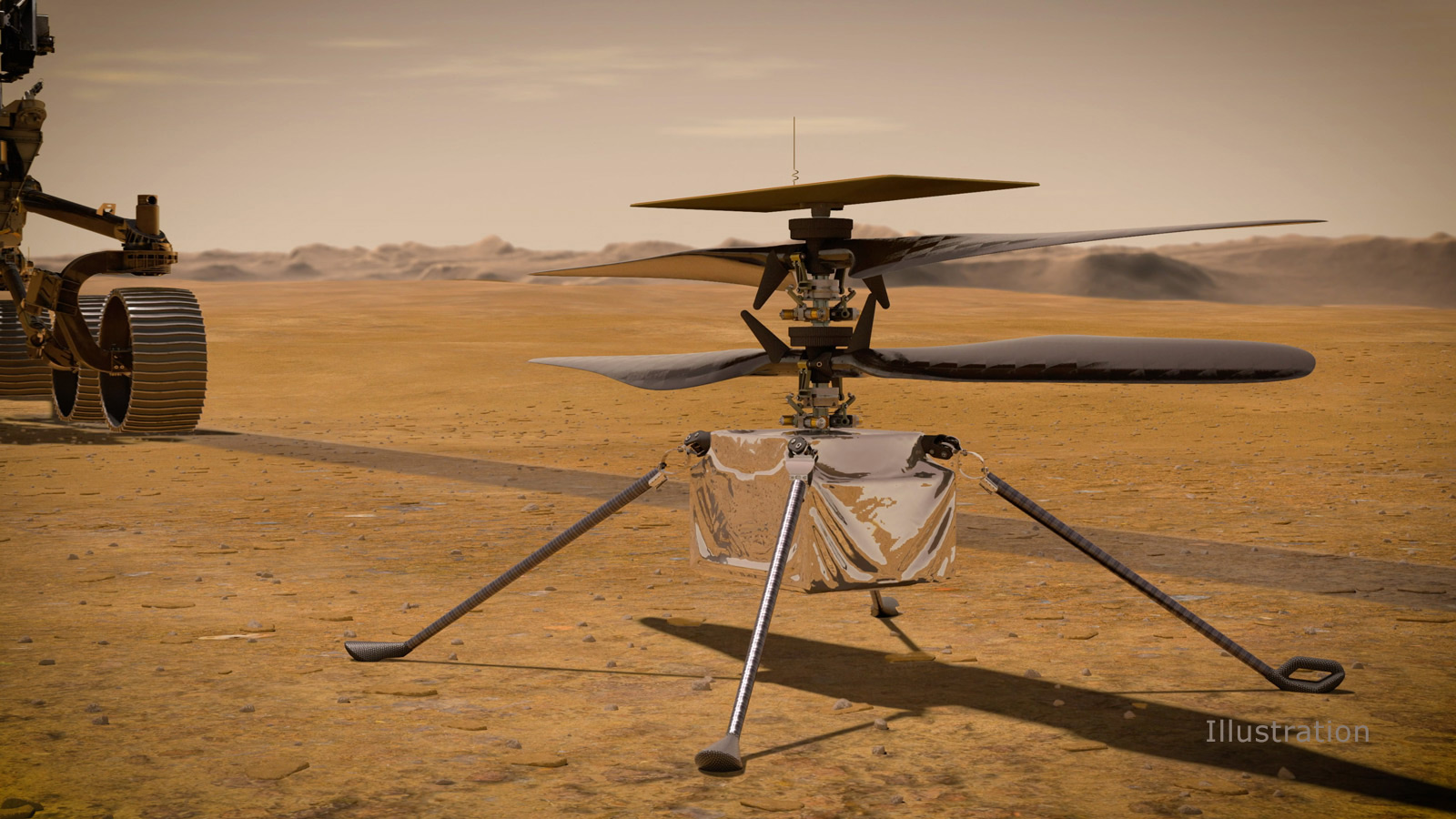Have you ever wondered if there was once life on Mars? You might be picturing little green men from various sci-fi films, but when I say “life” this is not what I have in mind. “Life” in this context refers to microorganisms like bacteria from long ago. Scientists have long debated whether meteorites from Mars contain signs of previous life and how people today would even be able to know for sure. NASA recently launched a new mission to the Red Planet to study these very questions. The 2020 Perseverance Rover will look for signs of ancient life and help NASA better prepare for future human presence on Mars.
Drilling for evidence
Perseverance was launched from Earth on July 30, 2020 and landed on Mars on February 18, 2021. The landing site was the Red Planet’s Jezero crater which is special for a few reasons. This crater was once home to a lake. Remains of a river delta indicate that water flowed into the crater, and it also contains an outflow channel which allowed water to flow out. This is therefore an important area to study as there might be evidence of past life. All life as we know it on Earth requires water to survive which is why researchers often search for water, or evidence of past water, on other bodies in the solar system. The rover will use its robotic arm to drill into the Martian surface and retrieve samples of the rock and soil. It will store the samples in tubes on the planet’s surface for future missions to pick up and fly back to Earth.
The retrieval of rock samples is a part of the “surface operations” phase of the rover’s nearly 2 Earth-year long mission. The rover allows scientists to look for rocks that were formed in, or changed by, water. Researchers will search for rocks that may contain traces of organic life which the rover will then collect, along with volcanic rocks in order to better understand how the geology of Mars changed over time. Using its robotic arm, the rover will drill into the surface about 2 inches deep and deposit the sample into a clean tube. Perseverance will then store the tube until it moves to a different location where the tube will be dropped. The method the rover uses to determine the drop sites is called “depot caching”, which allows for many tubes to be left in specific locations for easier pick up in the future. Once back on Earth researchers will analyze the rocks for organic molecules indicating past life as well as radioactive isotopes that could help determine the age and former climate of the Jezero crater.

Going beyond the surface
In addition to sampling Martian rock, the rover will also try out a new oxygen extraction technology. The atmosphere on Mars is made mostly of carbon dioxide, which means humans visiting Mars would need to extract oxygen from the atmosphere. The weather and dust conditions will also be tracked by the rover. Perseverance’s studies will help determine the necessary steps and technology needed for humans to safely visit Mars in the future.
The Perseverance rover has a lot of tasks to complete, but it is not the only machine that NASA sent to Mars! On board the rover is a helicopter named Ingenuity. As early as April 2021 once Perseverance reaches an optimal location on the surface, Ingenuity, guided by researchers on Earth, will detach from Perseverance and prepare to perform the first powered flight on another planet. Mars has a thin atmosphere which is different from the Earth’s, so performing a powered flight there is challenging. The helicopter will not collect any scientific data, it is solely an engineering test to see if powered flight is possible on Mars.

Ingenuity will soon make history, and it also carries a piece of history with it. The first powered flight on Earth took place right here in North Carolina in 1903. The Wright Brothers made their flight in December of that year covering only 120 feet. A patch of material from the wing of the Wright Brothers’ plane is included underneath Ingenuity’s solar panel where it pays tribute to Earth’s first powered flight while hopefully making the first powered flight on another world.
If you want to learn more about the Perseverance Rover and Ingenuity, check out NASA’s Mars 2020 website! There you can find the latest images taken by the rover, sound recordings from the Martian surface, and interactive 3D renderings of both Perseverance and Ingenuity. Make sure to be on the lookout for future missions where you might have the chance to have your name included on the rover!
Peer edited by Odessa Goudy